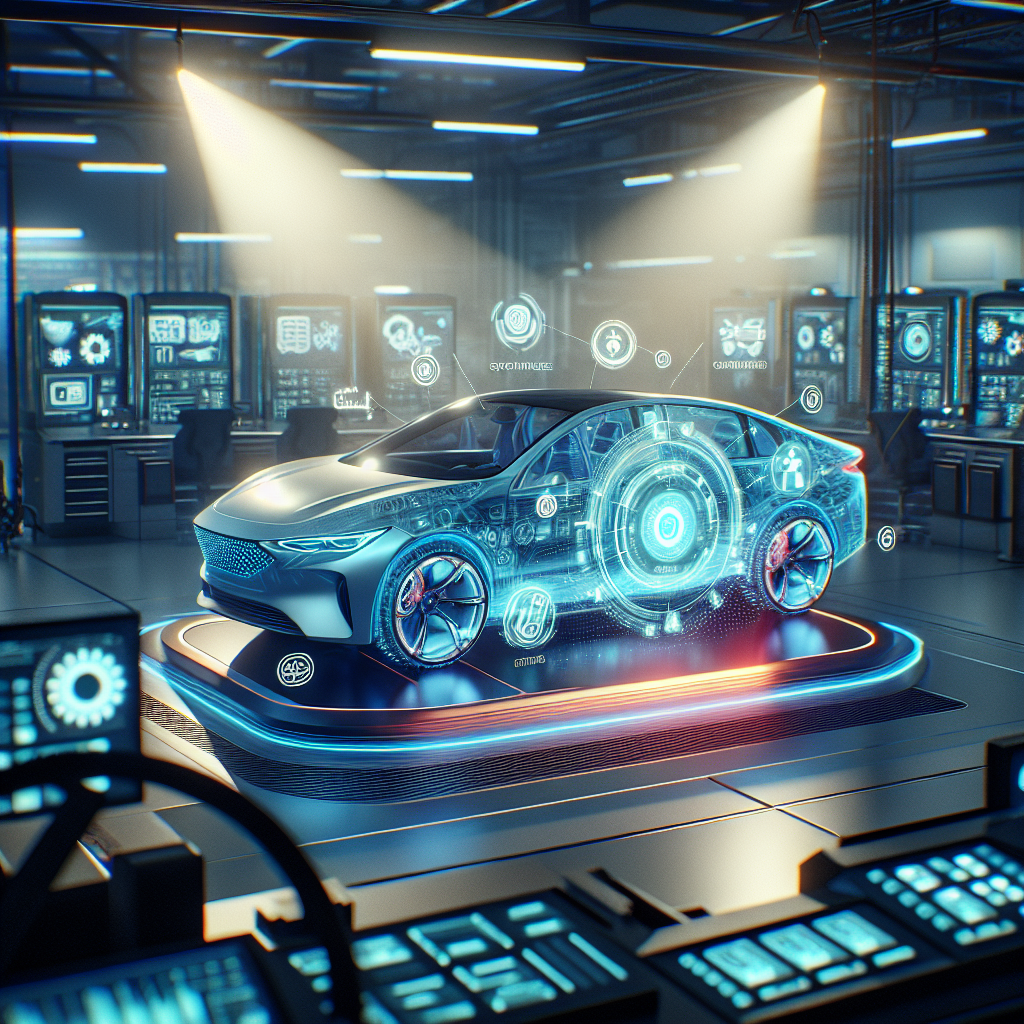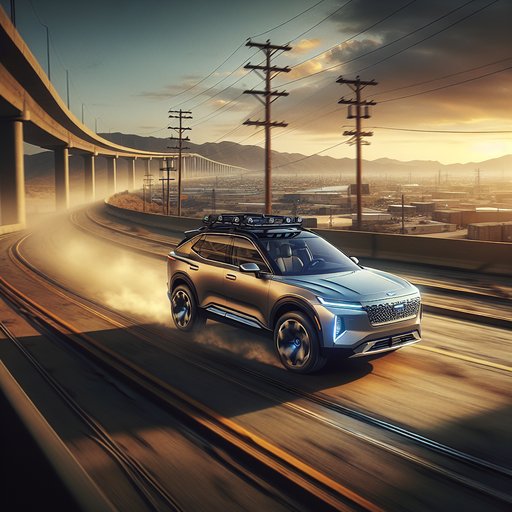
The automotive industry is witnessing a significant shift toward software-defined vehicles, with Polestar leading the charge through a comprehensive update to its flagship SUV. The 2026 Polestar 3 demonstrates how post-purchase capabilities can be enhanced through major technological upgrades, setting new standards for vehicle performance and charging infrastructure.
The 2026 Polestar 3 is receiving a substantial technological overhaul, featuring an advanced 800-volt electrical architecture that enables faster charging capabilities and increased power output. This upgraded system allows the vehicle to produce an impressive range of power, from 329 horsepower in base models up to 671 horsepower in performance variants [1].
The transformation of the Polestar 3 represents a significant leap forward in electric vehicle technology, with the new 800-volt charging system promising substantially reduced charging times and enhanced performance capabilities [2]. This advancement showcases how software-defined vehicles can receive meaningful upgrades throughout their lifecycle.
In parallel developments, the automotive industry is seeing broader advancement in connected vehicle technology. New CAN-to-cloud technology is being implemented to support ambitious connected and autonomous mobility initiatives, particularly in the UK's Drive35 and CAM Pathfinder programs [3].
The evolution of charging infrastructure is keeping pace with these vehicle advancements, as demonstrated by Siemens' new SiCharge Flex system, which can deliver up to 1.68 MW of power, supporting the next generation of electric vehicles with enhanced charging capabilities [4].
















